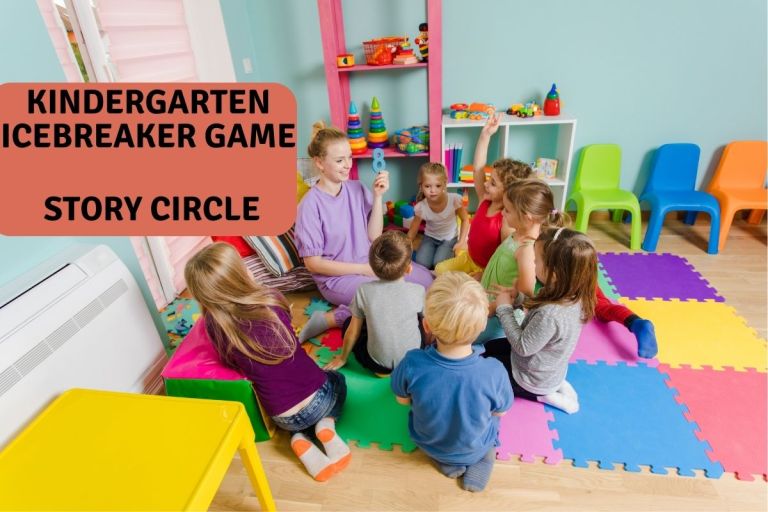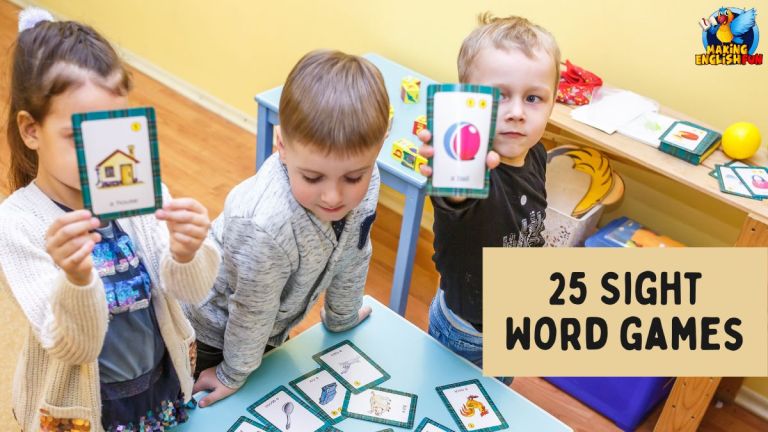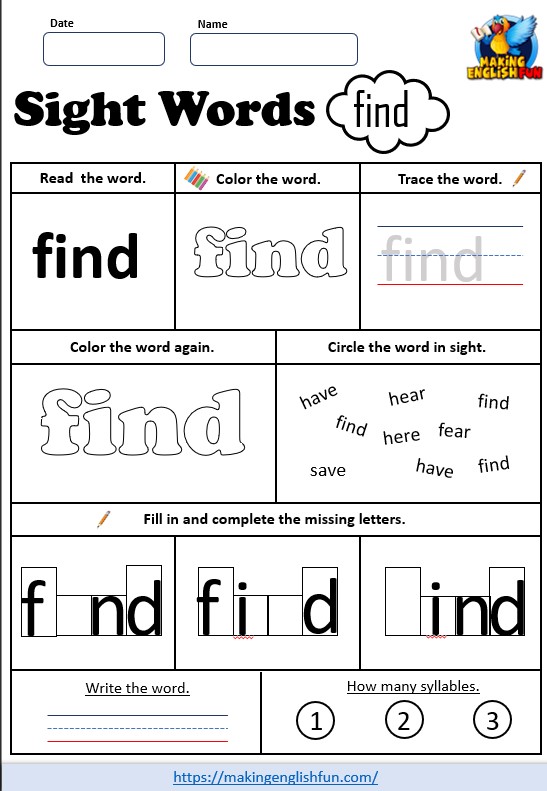WHAT’S THE DIFFERENCE BETWEEN COUNTABLE VS. UNCOUNTABLE NOUNS?
Nouns are singular or plural and set the tone for the verbs, adjectives, and adverbs in the sentence when they comprise the sentence’s subject. However for English learners the difference between uncountable nouns and countable nouns can be difficult.
Nouns are a vital part of sentence structure. They are critical to creating a sentence. A noun is a person, place, thing, or idea and generally the subject or direct object of a sentence.
There are 10 types of noun in English. These can be all be countable or uncountable. The most effective way to distinguish between a countable or uncountable noun is to check if it can be used in plural forms. Countable can have single and plural forms but uncountable are in strictly singular forms
Verbs must agree in number with their antecedent or the noun to which they refer. Sometimes, however, nouns are not easily counted. Some nouns can be counted in a sentence, such as a hat or two hats.
On the other hand, some nouns are not countable or quantifiable based upon their state in the sentence. Words like audience are not countable. An audience is a group of people watching something. However, one person can be present in an audience as well as 2,000 people.
At concerts, 30,000 or more people may be in attendance. We do not say 30,000 audiences were present. If we are counting members of an audience, we would change that to members rather than audience. In short, countable nouns can be counted, but uncountable nouns may represent one or a million of something.
We have an infographic on the types of nouns in English for you to use and share if you need as well. ( just credit us please!)
How Do I Teach Countable and Uncountable Nouns?
Teaching these concepts can sometimes be confusing for children or non-native English speakers. Don’t fret, though. Many activities can help children learn the difference between countable and noncountable nouns.
Countable Nouns
Sometimes nouns are easily countable, and we can place a number before them. For instance, computers can be counted. There are fifteen computers in the lab. I have one personal computer at home. Many nouns are easily countable in English.
Do not take that for granted, though. In some other languages, nouns English determines as uncountable are countable for them. Books, balls, hats, chairs, cars, shirts, pants, and phones can all be counted. You can easily determine there are six books or two phones.
However, some nouns can be counted, but who wants to do that? Those are generally uncountable nouns. Other nouns just cannot be counted the way they are written.
Uncountable Nouns
As we mentioned above, uncountable nouns can either be truly uncountable such as liquids that are generally “counted by volume” anyway. For instance, you wouldn’t say I have a coffee in my cup. Even if you said I had one coffee this morning, what you mean was you had one cup of coffee this morning.
Soda, tea, water, and other liquids are also generally uncounted. You could count ounces, bottles, cups, or molecules, but the specificity of the object can’t be easily counted. Tea and coffee can also be counted in terms of beans, grounds, leaves, or bags, but who wants to count how many coffee grounds are in one cup worth of coffee?
So, some uncountable nouns are technically countable, but they would be unwieldy. One exception to this rule is stars. This one is countable, though counting all of the stars in the sky is nearly impossible.
Though I have found no official explanation, this is probably because when we talk of stars, we often talk about a specific star, group of stars, or constellation. There are also names for many of the stars, so they are more easily countable.

Words That Change the Type of Noun
Some phrases can change uncountable nouns into countable ones and countable to uncountable. For example, a cup, a bowl, or a plate might change water, rice, or spaghetti into a countable noun. Likewise, some, any, and many can change a countable noun into an uncountable one—for instance, some cherries, any dresses, or many turtles.
Just remember, countable nouns can answer the question “How many?” but uncountable cannot. “How many spaghetti” cannot be answered without clarifying that as noodles or plates of spaghetti. “How much?” generally refers to something that cannot be counted.
How many quarters? How much money? The answer to how many quarters can simply be a number like 25, 1, or 14. The answer to how much money, however, would need to be clarified to be $35, 17¢, or three $20 bills. We wouldn’t answer it as 35 monies—at least not after about three years old.
How Can I Help My Child or Students Learn the Difference?
Many classroom and life skills activities can help your child learn the difference between countable and uncountable nouns. The following are just a few of the activities you might plan.
Party Time
Have your class plan an imaginary party. You could even tie the theme to a recent classroom or bedtime story. Does one of the characters have something to celebrate? What would you have at a party for that person? Make a list of the party supplies.
Have the students decide how many of each item you might need. Napkins might come in a 40-count pack. Potato chips, however, simply come in a bag. Could you count the chips? Probably, but it would be useless and boring. Chips are usually measured in ounces and servings.
Scavenger Hunt
Send your students on a scavenger hunt. Have them find things that are countable and uncountable based on clues or prompts. Some paper, ten pencils, a bottled drink, and four cups of applesauce may all be items you can find in a classroom.
While you will want to make sure there are enough of each item for each group. You may also choose to allow them to take the scavenger hunt home and see which countable and uncountable nouns they find there.
I Spy
Like the scavenger hunt, this requires students to think about how they are quantifying things. I spy twenty of something means that the students would have to locate something that there are twenty of in the classroom.

Cook Something
However, I spy something bright yellow might simply be light or a light bulb. Having the children take turns being the spy or the guessers can help them consider the clues and how to convey them or the responses they give.
Food is one of the easiest areas to find countable and uncountable nouns and to quantify the unquantifiable. For example, a pinch of salt or 1/8 of a teaspoon of salt are both quantities. One is countable, and the other is not.
Likewise, salt itself seems to be uncountable. Remind your students that while uncountable nouns may technically be capable of being counted, no one is counting out 438 grains of salt. Look at parts of the recipe that are clearly countable and uncountable.
Are words like some, many, and a few in the recipe? Do you have quantities like one onion, three pie crusts, or twelve carrots in the recipe?
Countable and Uncountable Noun Online Games
Just to get you started we will post 3 online games here that you can use in classrooms at home to allow your students. However we have a much bigger article that covers more online games and worksheets here If you need.
Final Thoughts
We see countable and uncountable nouns all the time. You have to get your children thinking about the ease and importance of counting certain items. It isn’t important to count the hairs on your head, though you could.
You rarely talk about only a few strands, and when you do, that is specified. Countable nouns and uncountable nouns are both ways that people have learned to quantify and describe our world.









4 Comments